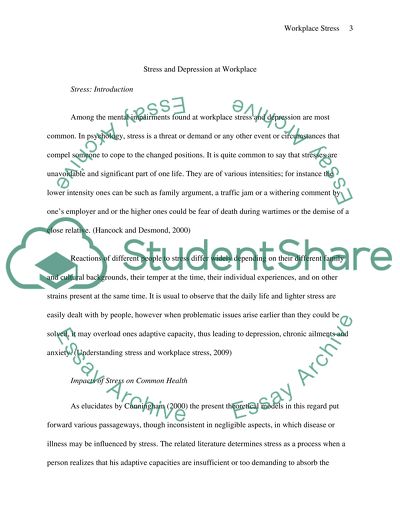Cite this document
(“Stress and Depression Assignment Example | Topics and Well Written Essays - 1250 words”, n.d.)
Retrieved de https://studentshare.org/psychology/1515597-stress-and-depression-assignment
Retrieved de https://studentshare.org/psychology/1515597-stress-and-depression-assignment
(Stress and Depression Assignment Example | Topics and Well Written Essays - 1250 Words)
https://studentshare.org/psychology/1515597-stress-and-depression-assignment.
https://studentshare.org/psychology/1515597-stress-and-depression-assignment.
“Stress and Depression Assignment Example | Topics and Well Written Essays - 1250 Words”, n.d. https://studentshare.org/psychology/1515597-stress-and-depression-assignment.


